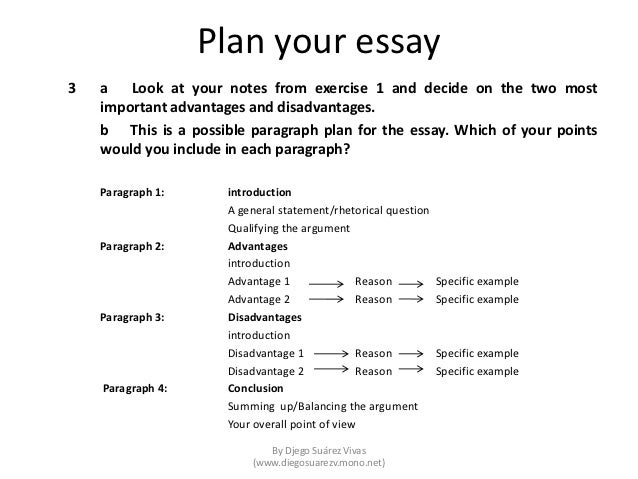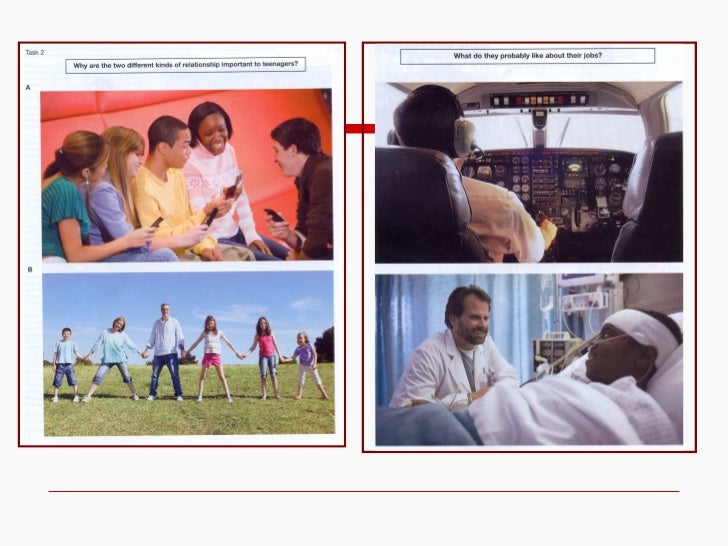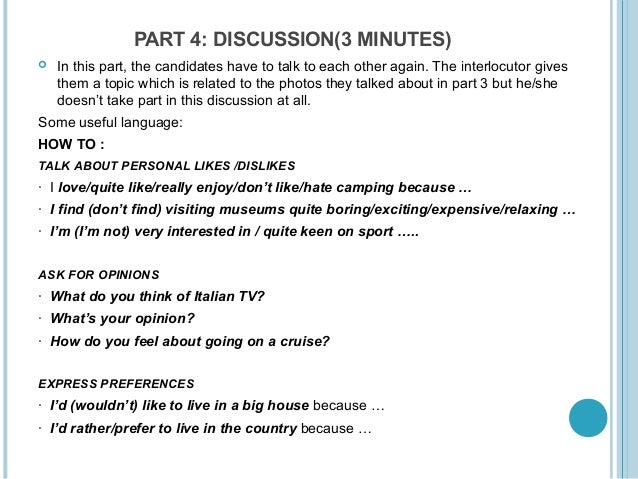FULL SPEAKING PAPER:
http://www.inglespodcast.com/2015/02/27/a-full-fce-speaking-test-with-tatiana-and-nacho-passfce-9/
YOU MAY THINK THAT PREPARING FOR FCE IS A DIFFICULT TASK, BUT IT'S YOUR OWN CHALLENGE...EVEN MORE THAN THAT...IT'S YOUR OPPORTUNITY!! GO FOR IT !!! :) JUST DO IT, SORRY NIKE, :)...
martes, 24 de noviembre de 2015
jueves, 27 de agosto de 2015
miércoles, 29 de julio de 2015
WRITING PAPER

In the link below you have a reminder of the CHARACTERISTICS AND TIMING of the FCE WRITING PAPER. On the right side of the page you have different tests you can do in case you want to take extra practice.
http://www.examenglish.com/FCE/fce_writing.html
lunes, 29 de junio de 2015
SPEAKING PART 2: PICTURES
SET 1:

http://www.englishaula.com/en/fce-speaking-part-2-exam-1-fce-cambridge-first-certificate-english-practice-test-exercise-comparing-images.html
SET 2:

SET 3:
Compare and contrast the photographs saying what type of person you need to be to do these jobs.


SET 4:








http://www.englishaula.com/en/fce-speaking-part-2-exam-1-fce-cambridge-first-certificate-english-practice-test-exercise-comparing-images.html
SET 2:

SET 3:
Compare and contrast the photographs saying what type of person you need to be to do these jobs.


SET 4:







miércoles, 3 de junio de 2015
SPEAKING PAPER- PART 3
What students need to do to do well in FCE Speaking Part Three
Students will need to:
- Get started on the first part of the discussion task quickly
- Discuss as many of the pictures as they can before moving onto the second part of the task, meaning they have to discuss each picture but only briefly before they move onto the next one
- Leave at least one minute for the second part of the task, even if that means abandoning the first part unfinished
- Work their way towards agreement in the second part of the task
- Briefly report back on what they decided, or the point their discussion was at when they were interrupted
It would also help get a good mark for them to:
- Show a range of strong and weak opinions, including agreement and disagreement
- Show good turn taking skills, e.g. speaking approximately 50% each, interrupting politely and persuading reluctant partners to speak
Note that they don’t have to reach agreement, but they do have to show their ability to negotiate and compromise in an attempt to find something that they can both agree on.
Other functional language students will need includes:
- Controlling the conversation, e.g. suggesting things to talk about and moving the conversation on, for example when agreement is quickly reached or if it’s obvious no agreement is possible on something
- Speculating, e.g. on what a picture might represent or what something might be suitable for
- Talking around vocabulary they don’t know, with expressions like “This picture looks like some kind of picnic”
Comparing and contrasting language might also be useful for moving between items in the first part of the task (“This one, however,…”, “In the same way, this one…”, etc) and trying to reach agreement in the second part of the task (“But don’t you think this one is more suitable?” etc), and as this is really important for the rest of the exam it is well worth at least some specific practice of this point here.
The examiner might also be impressed by students being able to describe pictures, as “The top left picture” and “The one under that”, but it’s perfectly okay for students to just point at pictures and say “This picture/ activity/ sport/ one/ idea”.
There is little point trying to practise suitable vocabulary for this part of the exam, as there is no way of guessing what topics could come up and it is easy for students to work around any unknown words – a skill that is worth some practice.
miércoles, 27 de mayo de 2015
miércoles, 6 de mayo de 2015
WELCOME TO FCE, UPDATES 2015
SPEAKING PART 1

https://prezi.com/udbnvqf5sk9u/fce-part-1/#
Do you what to increase your vocabulary? Listen to the tips the teacher gives you...

https://prezi.com/udbnvqf5sk9u/fce-part-1/#
Do you what to increase your vocabulary? Listen to the tips the teacher gives you...
Suscribirse a:
Comentarios (Atom)





